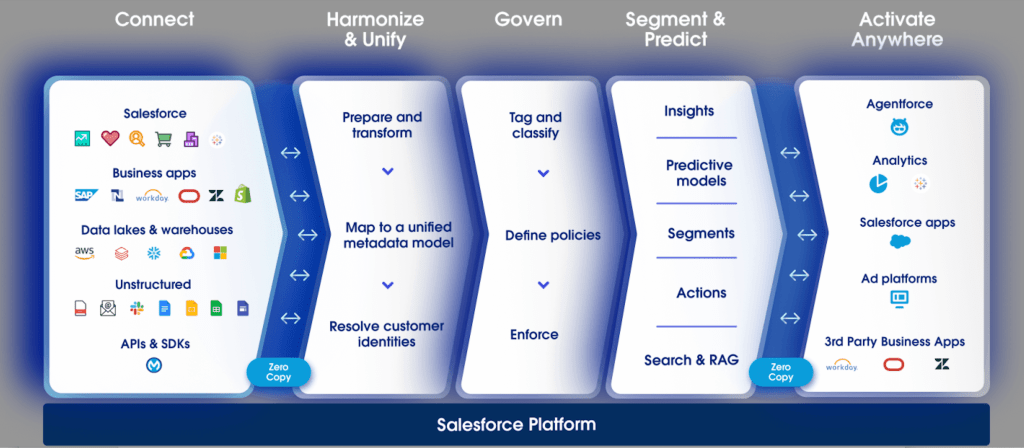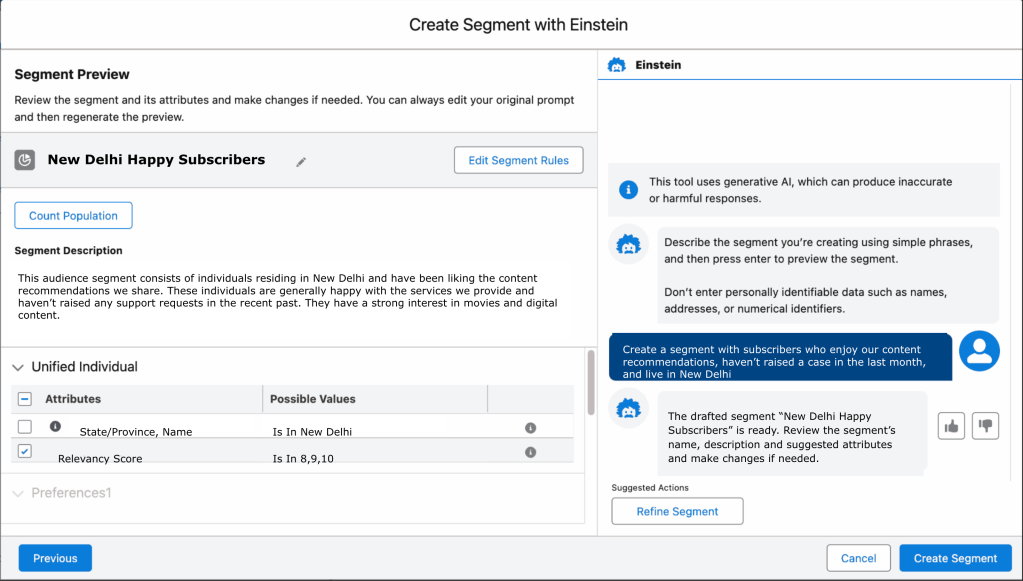India’s media and entertainment industry is going through a profound shift. Rapid advances in technology are transforming how content is created and consumed. At the same time, shrinking audience attention spans are complicating engagement strategies.
Every industry vertical – print, linear, digital, OTT, social media, pay TV, cinema, and online gaming – is faced with a host of challenges:
- Content saturation: Too many channels are churning out similar content, fragmenting audience attention.
- High subscriber churn: Poor UI/UX and irrelevant recommendations are pushing users to leave media platforms.
- Declining ad engagement: Limited personalisation and challenges in ROI tracking are reducing ad effectiveness.
- Decline in theatre footfall: Issues with content quality, access, infrastructure, and even show timings are impacting cinema attendance.
- Price sensitivity: The Indian audience’s high cost-consciousness puts a ceiling on subscription and ticket pricing.
Remaining profitable in this challenging landscape requires a keen sense of empathy. When you deeply understand your audience’s preferences, motivations, and expectations, you’re better able to design exceptional experiences that differentiate your brand.
The question you want to ask is “why”. Why do subscribers opt out of a service? Why aren’t more people coming to theatres to watch movies? Why is a particular type of content preferred over others?
The insights lie in customer feedback which you’re probably capturing on a regular basis. But are you looking beyond surface-level insights such as NPS and CSAT scores? Without analysing unstructured feedback, you could end up applying generic solutions that don’t really address individual customer needs. A one-size-fits-all approach is the shortest path to a bad customer experience. Today, hyper-personalisation is key.
It’s all about the customer
To demonstrate empathy, start by understanding what your customer says, thinks, feels, and does. Here are some practical strategies to learn more about your customers. You can use them to address the five challenges mentioned at the start of this article:
- Challenge: Content saturation
Solution: Leverage social listening and feedback loops to identify what’s resonating with audiences, vs. what’s being ignored. - Challenge: High subscriber churn
Solution: Capture exit feedback to understand why subscribers leave. Use churn analytics to determine drivers of dissatisfaction. - Challenge: Declining ad engagement
Solution: Collect viewer sentiment data on ad load time, formats, and recall. - Challenge: Decline in theatre footfall
Solution: Run exit polls, and capture food and beverage (F&B) feedback to analyse audience likes and dislikes. Review loyalty programs to discover which incentives or rewards resonate with frequent customers. Redesign seating, menus, and premium formats (IMAX, recliners) to align with customer preferences. - Challenge: Price sensitivity
Solution: Gather feedback on willingness-to-pay. Explore personalised pricing and bundles to boost customer loyalty.
Harnessing customer feedback
By systematically capturing customer feedback, you can spot unmet needs, and identify opportunities to create more engaging content.
Customer feedback can be categorised as follows,
- Direct feedback refers to responses that are directly solicited from customers, usually through a survey.
- Indirect feedback refers to unsolicited customer responses from various channels (e.g., comments provided during a phone call, email suggestions, and social media feedback).
- Inferred feedback refers to insights drawn from customer behaviours over a period of time. For instance, if a customer who used to raise issues every second week has suddenly gone silent, it could indicate a risk of churn.
Along with customer feedback, many companies also have subscription data, chat transcripts, clickstream activity, transaction histories, and more. All of this data contains a wealth of customer insights that can be used to improve audience engagement.
The problem is that much of the data remains locked in departmental and functional silos, unable to be put to good use. It’s a classic case of “water, water everywhere, but not a drop to drink.”
Today, only 18% of media and entertainment companies have fully integrated their data in a single system. It’s time to close that gap. Data unification is critical to understanding customer personas, and driving informed action across the customer journey.
Salesforce deepens customer understanding with CRM + Data + AI + Trust
Salesforce empowers media and entertainment companies with all the tools and data needed to demonstrate customer empathy at scale.

With Data Cloud, you can connect and harmonise data from multiple sources and systems across the enterprise. This gives teams a single, unified customer view. The best part is that once your data is in Salesforce, it’s activated across all our processes and applications.Any form of data – structured, unstructured, documents, audio files, chat transcripts, and emails – can be unified through Data Cloud. You can then use our built-in AI models and Prompt Builder to generate rich insights on key customer themes, trends, and sentiments.

Turning data into strategic action
Once you’ve connected all your data, Tableau helps you visualise and analyse it clearly. With a few simple clicks, strategy teams can uncover the obvious and hidden reasons for positive and negative customer experiences.

Hyper-personalising marketing
Marketing teams can use the same AI-generated customer insights, with readily identified positive and negative CX drivers, to hyper-personalise customer engagement on Marketing Cloud.
With Einstein, teams can instantly create precise target groups and audience segments using natural language such as, “All subscribers who enjoy our content recommendations, haven’t raised a case in the last month, and live in New Delhi.’”

Turning contact centres into profit centres with Agentforce
At contact centres, customer insights can be turned into actions that improve customer experiences.
Agentforce – an agentic layer built on Salesforce unified platform – can autonomously engage with customers or subscribers on any channel ranging from email, to WhatsApp, to chat. Not only do these AI agents ease contact centre workloads – they also leverage key customer insights to cross-sell and upsell services. For instance, they might upsell a higher subscription plan for OTTs; or, cross-sell food and beverage options for cinema theatres.
The AI agents can even assist contact centre reps by suggesting next best actions based on the customer’s experiential, demographic, and transactional data.
Final thoughts
Building a comprehensive voice of the customer (VoC) program is crucial for media and entertainment companies to understand customers deeply, and hyper-personalise experiences. Data + AI + CRM +Trust is the mantra to drive this kind of empathetic action at scale.
With unified audience profiles and trusted AI, your teams can understand customers better, engage them at every touchpoint, and deliver personalized support at scale — all with the right insights in the flow of work.


















